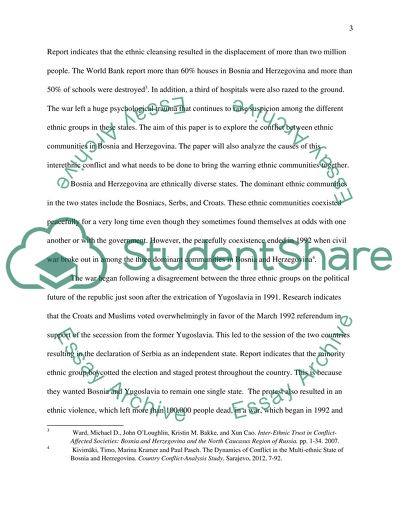Cite this document
(“Interethnic Conflict in Bosnia and Herzegovina Research Paper”, n.d.)
Retrieved from https://studentshare.org/history/1488198-the-conflict-between-the-different-ethnic-groups
Retrieved from https://studentshare.org/history/1488198-the-conflict-between-the-different-ethnic-groups
(Interethnic Conflict in Bosnia and Herzegovina Research Paper)
https://studentshare.org/history/1488198-the-conflict-between-the-different-ethnic-groups.
https://studentshare.org/history/1488198-the-conflict-between-the-different-ethnic-groups.
“Interethnic Conflict in Bosnia and Herzegovina Research Paper”, n.d. https://studentshare.org/history/1488198-the-conflict-between-the-different-ethnic-groups.


